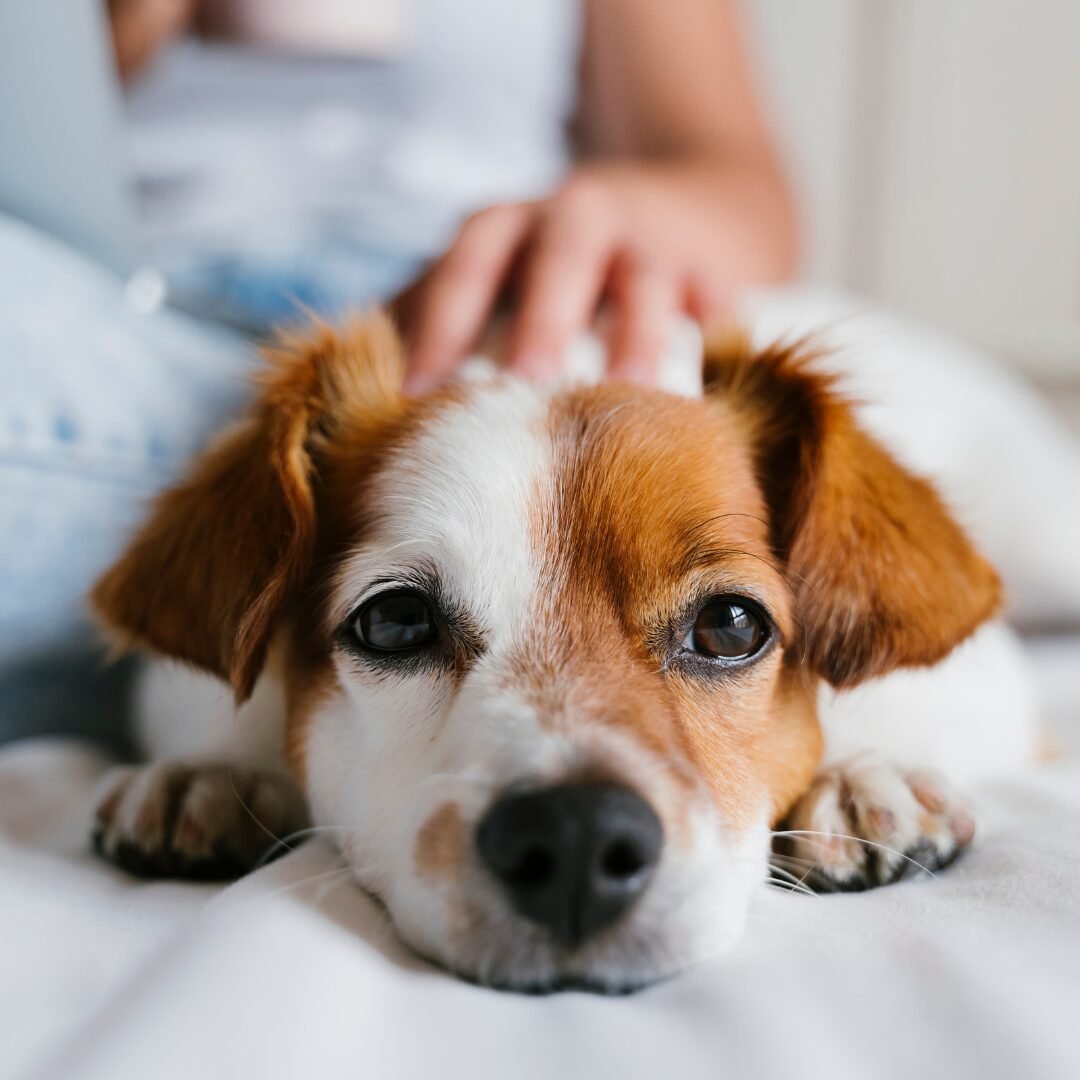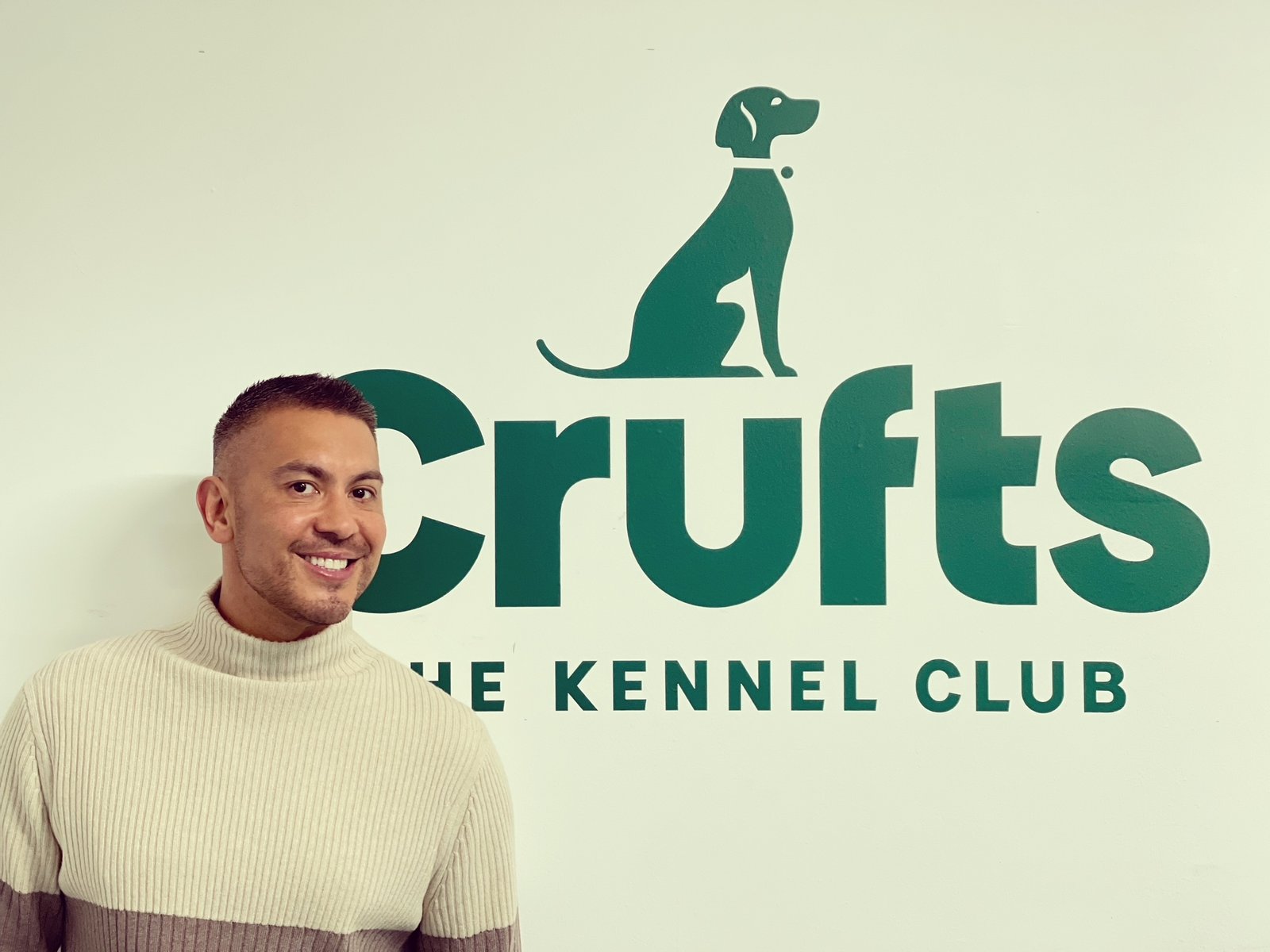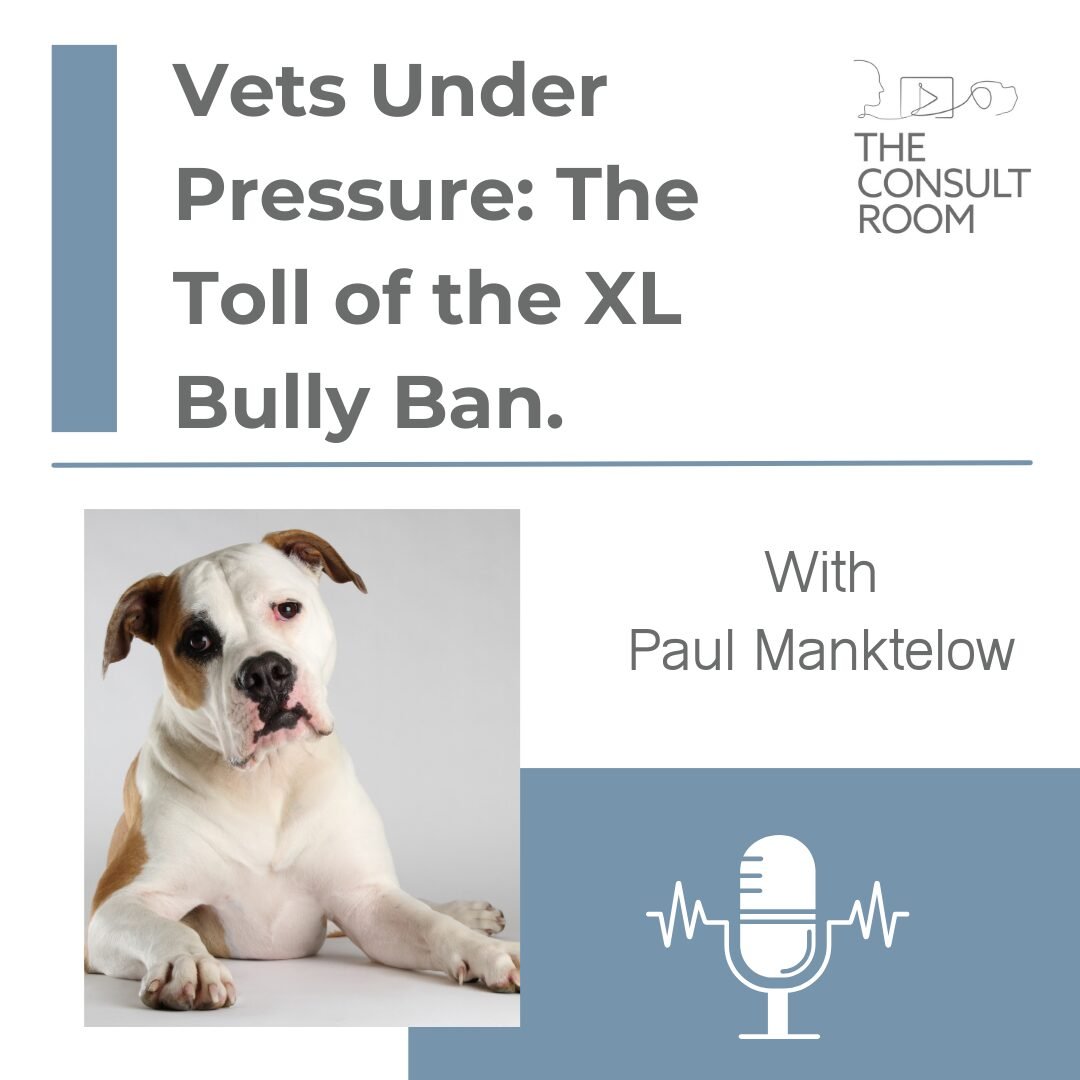The need to change your pet food brand could crop up at any time and it’s useful to know how to manage a pet food transition. Sometimes a favourite brand disappears or the recipe changes? Perhaps your regular pet food has become too expensive, or it’s now time to change the menu as a pet becomes older?
In all cases though, whilst we might be tempted to change over to the new diet quickly, it’s definitely not a good idea. After all, we know ourselves the effects a sudden change of diet – or even just water – can have on our digestive systems, and it’s the same for our pets. So what should you do?
Start before you start…
If you know a change of diet is needed, think ahead. Firstly, if your pet has a sensitive stomach, dietary needs and intolerances, or even dental issues which might be helped or exaggerated by a change of chow, speak to your vet or vet nurse for advice on transition and nutrition.
Then, check the ingredient list on your alternative food option, so you can avoid ingredients likely to give your pet an allergic or adverse reaction.
After you’ve done the above, ask the retailer for a small sample so your pet can have a taste test and you can be confident it will be a good choice. If you’re making the pet food transition to help cut costs this can help avoid wasted purchases, so don’t be embarrassed to ask the retailer or the pet food bank – they may have a split bag or sample sachets behind the scenes.
Make preparations and let anyone relevant know what’s going on. For instance, during a dog food transition, our dog’s toileting needs may change so you’ll need to warn their regular walker – and stock up on poo bags!
Change diets slowly
Your pet’s digestive system will respond quite quickly to changes in the daily diet, which is why it’s important to make a gradual transition. Allow about 2 weeks to gradually change from the original pet food to the new one, or longer if your vet has advised a slower changeover.
Check the daily recommended amount for your pet’s breed / size and then feed as follows:
- Days 1 – 4/5: mix 25% new food with 75% of the original food.
- Days 5 – 9/10: move to a mix of 50% new with original.
- Days 10 – 14/15: 75% of the new food with 25% of the original.
- From day 15, your pet should be on 100% of the new food.
If your pet’s daily diet includes raw food, serve this in a separate bowl during this time.
Monitor mealtimes
It’s the diet which is changing, not the routine, so avoid stress by sticking to your pet’s usual feeding schedule. Also keep a gentle eye on how your pet is getting on with the new menu, so you can be confident they are eating their usual amount – and ensure that water is also readily available.
Check for changes
However gradually you change the diet, there will certainly be a few signs that your pet’s digestive system is noticing the difference. Over the first few days particularly, there may be signs of diarrhoea and episodes of wind – especially with dogs – so be prepared for more frequent toileting during this time.
Any tummy upset due to a change of food should settle within a few days. However, with diarrhoea it’s easy for your pet to become dehydrated, so do ensure that water is available and monitor water intake.
Contact your vet without delay if:
- Diarrhoea is severe and your pet is listless.
- Diarrhoea lasts longer than a few days and / or continues intermittently after the pet food transition.
- If there is any blood in the poop.
- Your pet is very young or elderly, or if you suspect your pet may have eaten something which may harm them.
If you are making a pet food transition to help with costs, help is available. Please visit my podcast with other tips for cost-effective pet care below…
;
 Dr Paul Manktelow is a vet who’s worked for almost 20 years on the front line in some of the UK’s busiest veterinary hospitals. As Chief Vet in the Charity Sector, he leads a team of vets and nurses that treat thousands of pets every year. Paul also appears regularly in the media as a TV and radio presenter, writer, public speaker and podcast producer.
Dr Paul Manktelow is a vet who’s worked for almost 20 years on the front line in some of the UK’s busiest veterinary hospitals. As Chief Vet in the Charity Sector, he leads a team of vets and nurses that treat thousands of pets every year. Paul also appears regularly in the media as a TV and radio presenter, writer, public speaker and podcast producer.






Leave A Comment